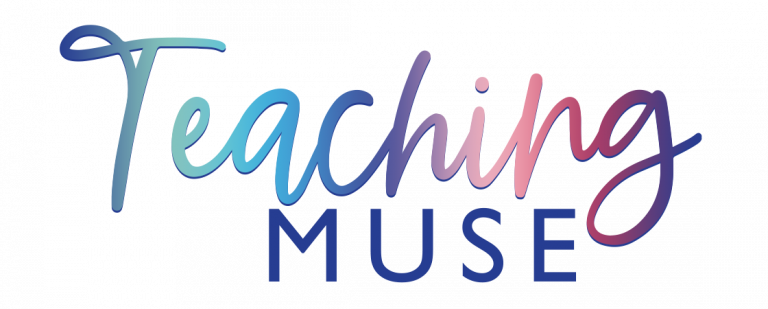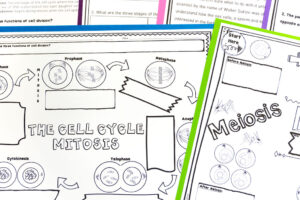With news of the coronavirus all over the television, it can be difficult to not have a conversation about it in your science classroom. Bringing current events into the classroom is always an engaging experience for students but it can also cause teacher anxiety as you gauge the best practice to bring this information to your students without creating stress for them or upsetting parents.
The most important lesson to teach to your students is that many of the viruses can be killed by using soap and water. Practicing good hygiene can help reduce the risk of infection and better your chances of fighting it off, should you become infected. Many of the lessons are designed around this knowledge.
Here are more ways to cover this sensitive topic with your students:
Brainpop:
 Brainpop has a free video that gives a nice overview of the coronavirus. Tim and Moby are gentle, lovable characters that students identify with. The information is presented in a short video that will answer many questions that your students have. You could use this at the end of a class period to reduce the number of questions afterward if that makes you uncomfortable.
Brainpop has a free video that gives a nice overview of the coronavirus. Tim and Moby are gentle, lovable characters that students identify with. The information is presented in a short video that will answer many questions that your students have. You could use this at the end of a class period to reduce the number of questions afterward if that makes you uncomfortable. Comic Strip: If videos aren’t your thing, this comic strip, which includes 3:45 minutes of audio from NPR might fit the bill. Again, it is a good source to give information to your students without causing panic in the classroom.
 Students will understand the basics of the coronavirus and ways to prevent it. This could also be a reference that you put on your homework website so that students can access it whenever they want. Students can share the information with their parents to help calm fear with facts at home.
Students will understand the basics of the coronavirus and ways to prevent it. This could also be a reference that you put on your homework website so that students can access it whenever they want. Students can share the information with their parents to help calm fear with facts at home. Graphing Skills: Who doesn’t have students who need practice with graphing skills? Turner’s Graph of the Week has us covered with this graph that compares the outbreak of the coronavirus to other epidemics. Students can compare the data and teachers can use it as a platform to discuss the severity of the illness. Oh, guess what? This one is a freebie too!
Discussing Racism Attributed to the Coronavirus: While this could make a controversial topic much more sensitive, it is important for students to understand that racism should not be linked to this virus. Students should not avoid Asian-Americans because they think they automatically have the virus. Even if this aspect of the topic is too much to go into on its own, you may want to subtly cover this to calm irrational thoughts or stereotypes.
Hands-on Activity with Germs: One of the topics that continue to be threaded through all of the discussions on viruses is that personal hygiene needs to be taken care of. Simply handwashing with soap and water can kill most viruses, including the coronavirus. Although students and adults learn this at a young age, often they forget to take this simple precaution.
One way to remind the students is by using Glo Germ or glitter. Glo Germ is a liquid lotion that will appear under a blacklight. This substance is easily transferrable from person or object so it is a good way to mimic how germs move.
When using this substance, you can either tell the students ahead of time. Then ask them to wash their hands and use the black lights to see how thoroughly they wash. Or you can use it by spreading it on your hands and touching various objects in the classroom, shaking hands with students, touching their books, etc and then bring out the blacklights to explain what you were doing.
Either way, students should see the spread of germs and connect with the thought that germs can and will spread unless they are killed with simple soap and water. Students enjoy using the blacklights and have a great time with this activity.
If you don’t have access to Glo Germ or blacklights but have glitter,
 especially extra fine glitter, that will work just as well. When using glitter, I like to emphasize how germs are spread. Putting glitter in the palm of your hand and then simulating a sneeze will illustrate how germs pass through the air and can infect people.
especially extra fine glitter, that will work just as well. When using glitter, I like to emphasize how germs are spread. Putting glitter in the palm of your hand and then simulating a sneeze will illustrate how germs pass through the air and can infect people.Students can also have glitter on their hands and see the struggle of removing it without the use of soap, (using just water).
I hope these activities will help you feel better prepared when teaching a topic about viruses and illness. All the ideas above are free to use. You may have to put a few things together but they will all give your students factual information about the virus. If you would like something that is ready-made, click here to access my lesson the coronavirus.
Need More Science Ideas?
Subscribe to get easy to implement ideas into your inbox.




